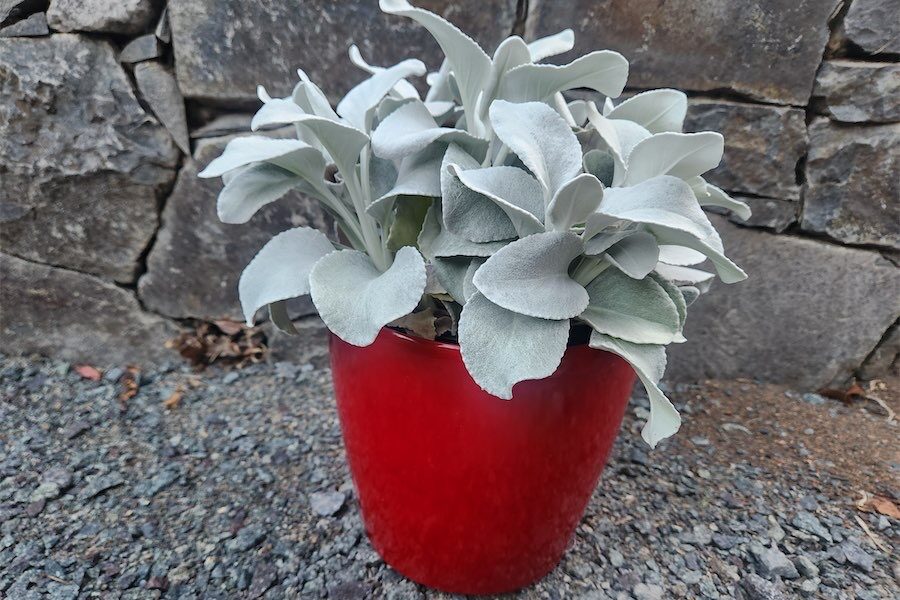
Despite the first month of winter being upon us, the Canberra garden can still be in bloom with shrubs such as camellias, winter sweet and viburnums, writes gardening columnist JACKIE WARBURTON.
Camellias, winter sweet and viburnums create interest and fragrance and generally need less water in the cooler months.

Camellias can flower from autumn to spring. There are three varieties of camellias – sasanqua, japonica and reticulata.
Sasanquas, with much smaller leaves, have a more upright and compact growth habit and are great for hedging. They flower as early as April. White flowering “early pearly” is one of the first and flowers well into winter.
The japonica is a larger plant with a more branching habit and larger leaves. Some people say it’s more spectacular with symmetry in the flower formation.
The reticulata, with flowers the size of dinner plates, is the slowest to grow of the three.
The soil conditions are all the same, acidic soil with a low pH is preferred; they like it moist but not waterlogged and they grow well in a semi-shaded garden.
They can be large evergreen shrubs or a cascading ground cover, slow growing and long lived and their flowers come in a variety of colours and different shaped petals.
The oldest Australian species of camellia was introduced to Camden Park in Sydney in 1831 from China and called “anemonflora” or Waratah camellia. Astonishingly, the original plant is still alive today.
It has an open habit, with spreading branches. Its flowers are the deepest red. The colour intensity can be deeper if it is grown in shade.
From this species of camellia there have been many genetic mutations grown from it and some of the popular varieties include, elegans, Margaret Davis and strawberry blonde.
The best time to buy them is when they are in flower, but don’t plant them in the garden until the soil has warmed in spring.

THYME is a great evergreen, low-maintenance herb that’s a popular ground cover. When planted en masse, its spring flowering can look striking and, as a bonus, its suppresses weeds and keeps the moisture in the soil. It’s from the mint family and has medicinal and culinary uses as well.
The flowers are a pretty pink/mauve colour and a magnet for bees and a great addition to the herb or dry garden. Once established, it requires little or no water.
IN the vegetable patch, it’s time to get the ground ready for any winter tree or berry cane planting.
Turn over the soil to ensure the ground is weed free and add whatever organic matter you can get your hands on – cow manure, horse or sheep manure. Dig it into the soil and don’t forget to add compost.
Mulch and water once a week or when it is required, and the soil should be ready for planting after about four weeks.
Thyme benefits from companion planting with plants from the night shade and brassica families and helps to repel aphids.
Jottings
- Remove old leaves from hellebores before flowering.
- Rake leaves in piles and turn over every few weeks.
- Water and fertiliser bulbs as they are growing.
- Prune deciduous shrubs and trees while trees have no leaves.
Who can be trusted?
In a world of spin and confusion, there’s never been a more important time to support independent journalism in Canberra.
If you trust our work online and want to enforce the power of independent voices, I invite you to make a small contribution.
Every dollar of support is invested back into our journalism to help keep citynews.com.au strong and free.
Thank you,
Ian Meikle, editor





Leave a Reply